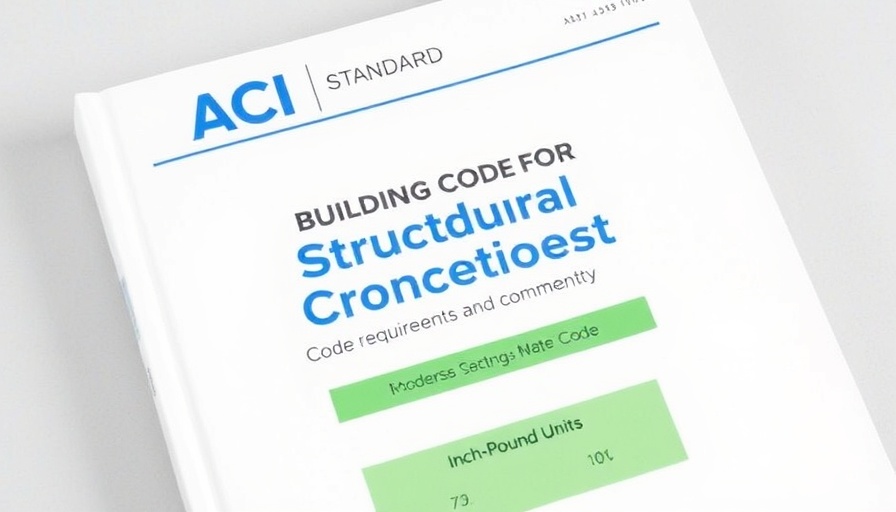
Consequences of Construction Liability: A Tragic Case
The recent legal proceedings involving Tishman Realty & Construction Company have brought to light a complex intersection of construction liability and workplace safety. The case stems from a tragic incident where two sisters lost their lives due to a scaffolding collapse during a construction project. This event not only serves as a grim reminder of the potential hazards associated with construction sites but also emphasizes the accountability that companies bear when safety protocols are not diligently followed.
The Importance of Safety Protocols in Construction
In the wake of the scaffolding collapse, questions have arisen about the effectiveness of safety measures in place. Construction companies are well aware that neglecting safety protocols can lead to significant repercussions, both legally and financially. Such incidents, while unfortunate, can act as cautionary tales, urging firms to reevaluate their safety practices. Recent statistics show that construction remains one of the most dangerous industries, with OSHA reporting thousands of job-related injuries each year. Therefore, firms must prioritize the integration of robust safety training and compliance checks. This case exemplifies the dire need for constant vigilance on construction sites, where lives depend on adhering to stringent safety standards.
What This Means for the Construction Industry
As Tishman prepares for the jury trial, the ramifications extend beyond just their organization. This situation opens the door for industry-wide reflection on best practices concerning safety and liability. Companies must recognize that accidents not only affect the workers involved but also tarnish an organization’s reputation. In an era where consumer safety concerns are at an all-time high, a single incident can lead to widespread distrust among clients and stakeholders.
Protecting Lives through Technology Integration
With technology becoming an integral part of the construction sector, innovative solutions are rising to the challenge of enhancing safety. Tools such as drones for site inspections and real-time monitoring systems can provide oversight that was previously unimaginable. Companies like Tishman can leverage these innovations to bolster safety practices, ensuring that every layer of their projects is meticulously checked and managed.
Future Trends in Construction Safety
The conversations surrounding liability and safety protocols will likely lead to a transformative shift in how construction firms operate. Trends indicate a growing adoption of smart technologies, which not only facilitate improved project efficiency but also heighten safety protocols through automated checks and balances. As such, it becomes imperative for firms to stay ahead of these trends and adapt effectively. Adopting a proactive approach to safety can ultimately save lives and prevent costly litigations like the one Tishman is facing.
As the outcome of the Tishman trial unfolds, all eyes in the construction community will be fixed on the implications it holds for future projects. The industry must absorb the lessons learned from this case to foster an environment where accidents become a rarity rather than a norm.
As stakeholders in the construction domain, it is crucial for us to support a culture that prioritizes safety above all. Take action today to advocate for rigorous safety practices in your organization, ensuring that we all work towards a safer future.
 Add Row
Add Row  Add
Add 




Write A Comment